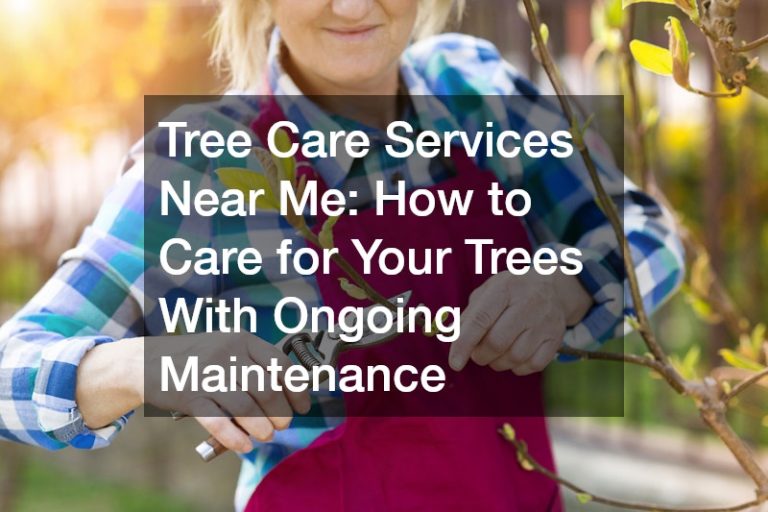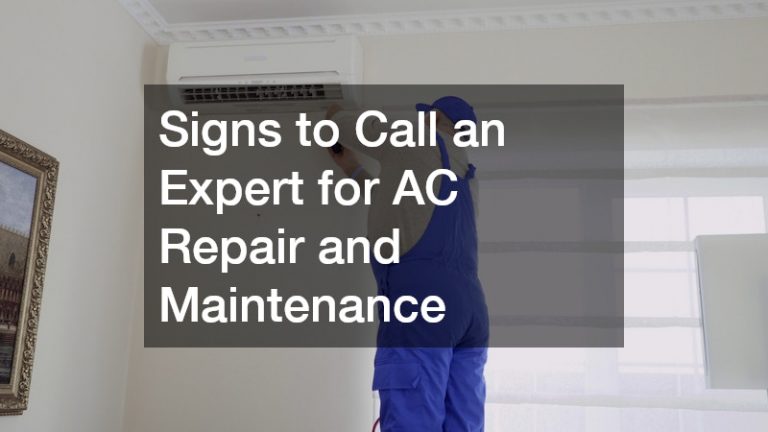

House buying is a huge project that requires a lot of savings or an option of a mortgage. However, a real estate agent may not have your wants or needs in mind. They tend to renovate the house with flashy components for the market. But that doesn’t mean everything is worth upgrading; here are new home upgrades to avoid if you’re on a budget. Let’s start with the pavements.
1. Pavements
The pavement is one of the new home upgrades to avoid at all costs. Normally, the real estate company renovates the pavements and all the exterior parts of a home to create a first impression. So, whether the pavement is made of concrete, bricks, gravel, tiles, or stones, you don’t need to invest much.
What you can do before proceeding with the transaction is to check the condition of the material used. One key aspect of good pavement is drainage. So long the water does not flood on the surface and no potholes, you don’t need additions like sealcoating. Suppose the pavement is made of gravel; you can do a bit of leveling and let it serve you for a few years.
Many homeowners prefer simple maintenance of the home pavement. This saves them from many upgrades that can cost thousands of dollars. For instance, an asphalt driveway can cost $5 per square foot to install. That will cost thousands of dollars if you intend to upgrade a longer driveway.
2. Appliances

Another new home upgrade to avoid is the appliances. Appliances increase home value by around 7%. Luckily, the real estate company will consider this before selling a home to you. Note that any time you request an upgrade, they may add huge charges.
Most appliance warehouses hold sales at all times and give discounts often. That means you can use the appliances installed by the builder for a few years as you slowly upgrade your rooms. Additionally, many stores offer free delivery and installation. So, you would upgrade them after settling since the home-buying process can be draining.
3. Lighting Fixtures
Like appliances, other new home upgrades to avoid are the lighting fixtures. You should stick with the standard lighting package if you are not a party guy. For instance, installing new LED lights can cost more if you have a larger house and patios. Experts estimate the cost of rewiring and lighting a three-bedroom house to be $8000 to $10000.
Natural lighting is a magic medicine because it improves mood, boosts mental performance if you work from home, and improves your ability to get along with people. Open the window curtains and doors, and you will have much light within the house. And during the night, you can combine the standard electricity lighting with the furnace light. This will create a warm and brighter home.
4. Plumbing Fixtures and Faucets
Other new home upgrades to avoid are the plumbing fixtures and faucets. According to experts, bathroom tubs, sinks, and faucets can last up to 20 years. As such, you would use the standard fixtures for a few years before slowly upgrading.
However, to avoid water wastage and higher bills, call a plumber to scan the system for leaks. This is necessary if you are buying an older home. Some homes built in the early 2000s or the 90s may have worn-out plumbing fixtures and pipes that can leak water.
Hiring a plumber to inspect and perform servicing can cost around $45 to $200 per hour. Luckily, scanning the system may not take more than two hours. So, you will save a lot on plumbing. The other part you should never overlook in a new home is the condition of the sewage system. Check the condition of the septic tank and the underground sewage pipes to avoid unexpected repairs in the future.
Finally, seek drain cleaning services and use your drains with care to avoid unnecessary expenses. Piping materials made of cast iron can last from 75 to 100 years, while PVCs can go for even longer.
5. Window Blinds

Blinds give the windows a beautiful view. But they top the list of new home upgrades to avoid when you are on a budget. Window blinds can go for seven to eight years. And the home seller wouldn’t leave them in a bad state while setting out the home for the market. The best step is to inspect the blinds before purchasing a home.
Wooden, metallic, vinyl and synthetic blinds are all prone to humid climates. But as long as they are not discolored, hard to lower or raise, or have problems with the tilt mechanisms, you can use them for an extended period. Vertical window blinds can cost from $50 to $200 per window.
Many homeowners clean window blinds with detergent soaps to remove dust and grime. Additionally, they treat them for mold using vinegar and enjoy fresh air in your house. Perform DIY blind cleaning and save this money for other activities. Then, schedule home window replacement for a few years, provided they aren’t rusted.
6. Wood Floors and Marble Countertops
Wooden flooring and marble countertops are the least upgrades you should call a remodeling contractor to do in your new home. Wood floors are an unpopular option; they are expensive, prone to scratches and water damage. Solid wood floors are claimed to last over 100 years, while the engineered versions can last 50 years.
But here is the thing; maintaining a wooden floor for 50 to 100 years will cost you a lot of money. Instead, you can go for laminate, which just looks like wood. Fortunately, it’s scratch and water-resistant and will have a longer lifespan. Carpet padding will also make the area more pleasant and appealing.
On the other hand, marble countertops are new home upgrades to avoid at all costs. Although marble countertops have been trendy kitchen options for years, they are a poor investment because they are porous. That means they easily chip and stain, especially in a humid kitchen. Quartz is the most preferred material for looks and durability. Although it might cost much, it will serve you better than marble.
7. Landscaping
Perhaps it’s the pride of ownership. As a new homeowner, you will be compelled to do something about the landscape. But landscaping can cost you much because you can pay almost $100 per hour for the services. Additionally, you will have to purchase materials like concrete.
Instead of calling for tree removal services, clean your home regularly. You only have to be patient with trees when they shed leaves during fall. Clean the gutters and leave the yard with trees for fresh air. In case there are tree stumps that can be a hiding home for harmful pests, treat them regularly.
To avoid the service charges, trim your flowers and tree during the weekend as a DIY activity. Research online for the best and most simple landscaping ideas for your yard. My favorite landscaping activities include flower bed edging, patio, and string lighting.
8. Crown Molding

Your builder or a remodeler will try to sell you on crown molding. Mostly, the contractors offer these services as a package. So, it would be hard for most new homeowners to resist. But crown remodeling can be the most expensive upgrade. Whether on walls or cabinets, professionals do it very easily, but it’s one of the key projects that give them high returns.
The average molding materials run from $1 to $6 per linear foot. On the other hand, exotics, plasters, solid woods, and other moldings with custom construction can cost from $7 to $40 per linear foot. Labor costs from $3 to $15 per linear foot.
Although moldings can add value and ROI, they are one of the new home upgrades to avoid if the home seller never upgraded. You can save thousands of dollars on this project if you don’t intend to resell your new home soon.
9. Kitchen Cabinets
The kitchen is the focal point of your home. But builders can use kitchen cabinet projects to make more money from you. Unfortunately, they can do good workmanship but with low-quality materials.
Other than upgrading the cabinet, stick to the standard one and wait for the upgrade period when you have less pressure for money. And if you must upgrade the standard cabinet that comes with the home, wait until you close the deal. Then, visit online service providers and hire professionals who would supply you with materials and offer quality services at an offer.
10. Master Bedroom Addition
Another new home upgrade to avoid is the master bedroom. It may seem to make sense to do a master bedroom bump-up. But note that extra square footage in the room would be expensive and still add the least value to the home. Depending on the space you want to add, a bump out will cost you about $5,000 or more.
There is no sense in opting for it. Unless you have thousands of dollars left after the transactions you cannot invest anywhere else. Use your master bedroom as designed, provided you have the bathroom faucets, sink, and bathtub in good condition.
New Home Upgrades That Are Worth It

Forget about the above new home upgrades to avoid. If any upgrade is worth saving you a coin, budget for it. For instance, an upgrade that can save you energy bills is essential. Let’s look at four upgrades you should never overlook.
1. Roofing
It’s very possible for home renovators to skip the roofing paper and the installation of modern shingles when preparing it for the market. But roofing is the first upgrade you must consider as a new homeowner. Good roofing will help you save energy bills because it insulates the home from extreme weather.
Good roofing will save the HVAC system from overworking in winter and summer. This will save you from regular requests for the AC and heating services as a result of device failure. According to Forbes, upgrading a roof can cost around $700 per square foot with reliable roofing contractors.
2. HVAC
HVAC systems are a very important component of a home. You must have your home heated during cold seasons and cool during summer. Unfortunately, most home sellers may service an old AC and sell the home without minding the new homeowner’s pocket. Ideally, install an HVAC system with the latest technology to help save energy.
3. Solar Energy
Solar is the most reliable way for home lighting and heating. Considering solar requires a little maintenance, you can upgrade the system and avoid energy bills. Most solar systems are very powerful to heat the home water and run the most advanced appliances. Ensure you have a specialist to help you estimate costs and plan on the most reliable items because solar projects can be complicated.
4. Exterior Siding Materials & Insulation
Apart from the internal asbestos inspection and upgrade of insulation materials, the exterior upgrade is essential. The exterior home part is what creates the overall value for the home.
A fresh coat of paint and fiber cement siding are some of the additions you can do to create a better look. Moreover, the upgraded siding will help lower the house temperatures for HVAC efficiency. If you attended a science class, you know brighter colors are the best during summer, and dull colors are good for winter. Choose a color and material that will favor you all year.
There are several new home upgrades to avoid as a new homeowner, especially if you have bought a second home on a mortgage. However, home upgrades that will help you save on bills are essential. The house roofing, exterior sidings, solar systems, and HVAC are worth the upgrade. Use your best judgment to choose what to do and what to avoid. We hope the recommendations and tips in this article will be helpful as you make your decision. All the best as you look forward to having your new home.


